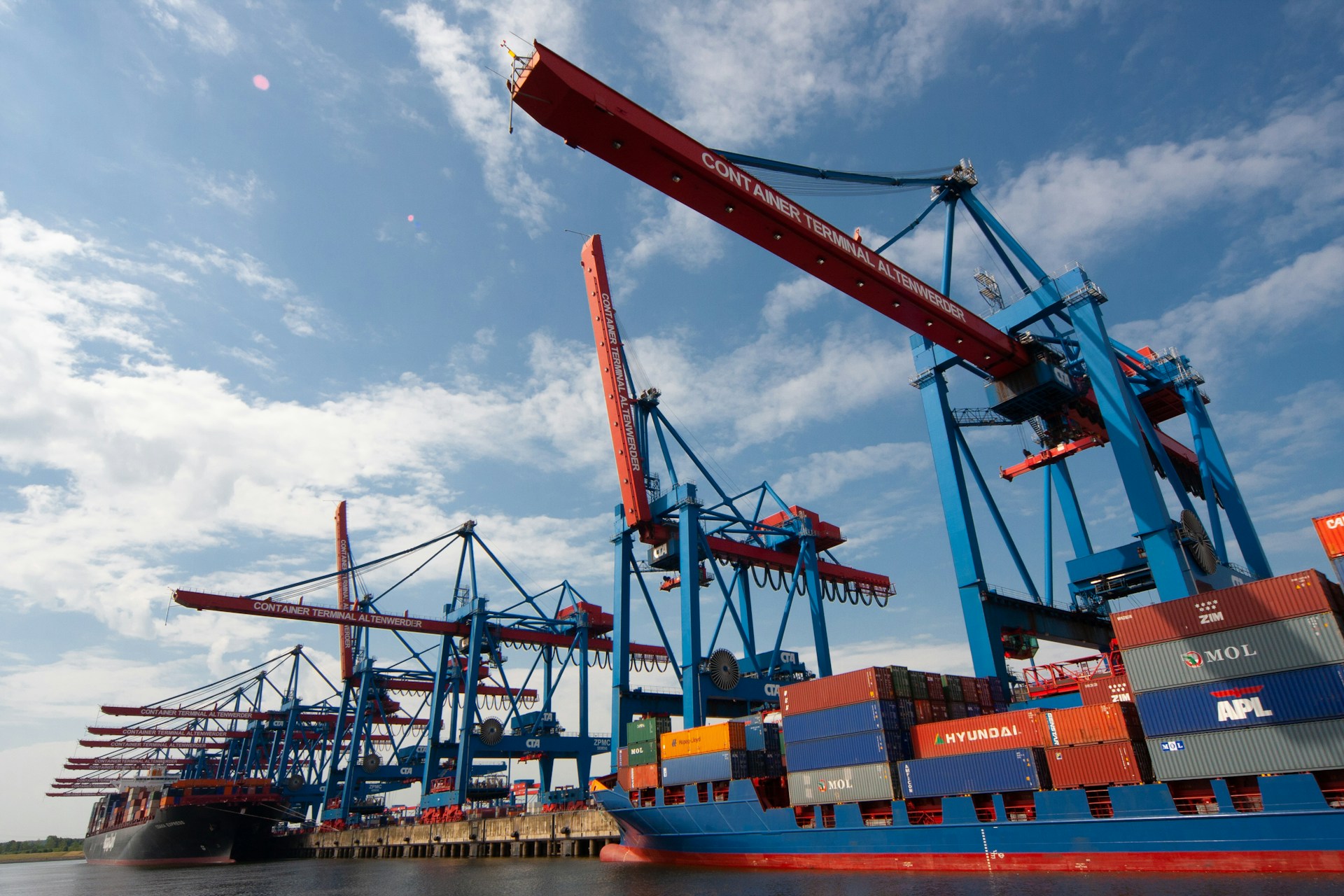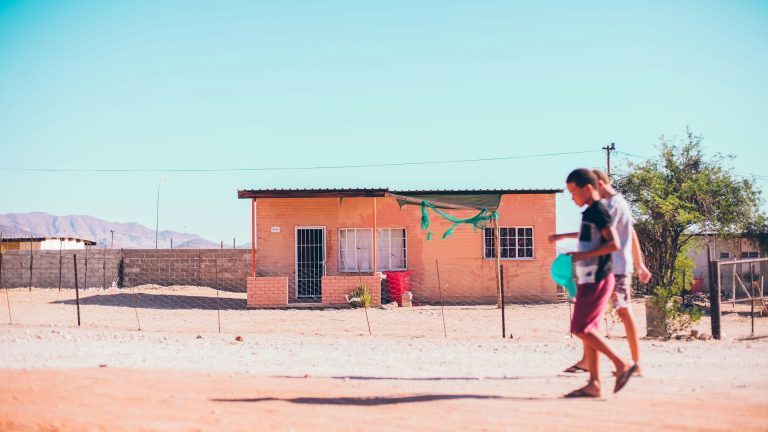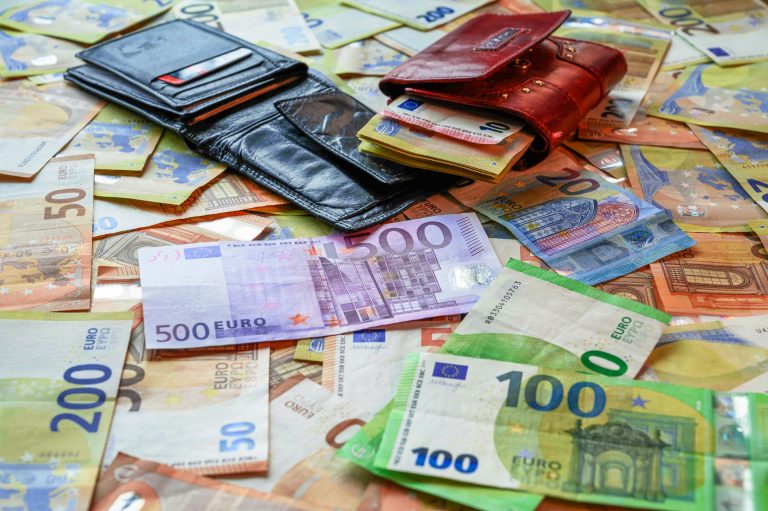- Exports rise 9.1% year-on-year, led by gold and autos
- Analysts warn weaker domestic demand signals slowing investment
PRETORIA, SOUTH AFRICA – South Africa’s trade surplus widened to R21.8bn ($1.15bn) in September 2025, one of its strongest monthly performances this year, fuelled by a robust rebound in exports despite signs of weakening domestic demand.
According to preliminary data from the South African Revenue Service (SARS), exports reached R186.4 billion ($9.8 billion), up 9.1% year-on-year, while imports grew 4.2% to R164.6 billion ($8.7 billion).
Month-on-month, exports increased by R16.1 billion ($918 million), while imports fell by R3.3 billion ($188 million), highlighting renewed external competitiveness.
“Headline exports have remained resilient, but the contraction in key imports such as crude oil and machinery points to subdued investment and softer domestic demand,” said economist Nandi Mokoena. “The trade data highlights South Africa’s dependence on commodity cycles and regional markets, rather than a broad-based industrial recovery,” she added.
Gold, platinum and autos drive gains
SARS noted that exports of gold, platinum group metals (PGMs) and passenger vehicles were the main drivers of growth. The rebound in these sectors helped offset the drag from a decline in machinery and crude oil imports, underscoring the dual nature of South Africa’s economy – strong in resources but weak in domestic consumption.
For the January–September 2025 period, cumulative trade data showed a surplus of R121.5 billion ($6.93 billion), slightly below the R134 billion ($7.64 billion) recorded in the same period in 2024, reflecting some loss of momentum in net trade performance.
SARS also revised August’s surplus downward from R4 billion ($228 million) to R2.4 billion ($137 million) due to ongoing “Vouchers of Correction” adjustments amid complex trade reporting conditions in a volatile global environment.
Regional bloc remains a buffer
Trade with the BELN bloc – Botswana, Eswatini, Lesotho, and Namibia – remained a stabilising factor, delivering a R10.9 billion ($621 million) surplus in September. Exports to the bloc totalled R17.8 billion ($1.01 billion), against imports of R6.9 billion ($393 million).
For the year to date, the BELN trade balance stood at R98.9 billion ($5.64 billion), nearly matching 2024’s R100.2 billion ($5.72 billion), reinforcing the bloc’s role as a dependable cushion against global market turbulence.
Analysts say the export surge reflects global realignments in demand and benefits from a weaker rand, which has made South African goods more competitive abroad. However, they caution that exports could lose momentum into 2026, given slower growth across major trading partners in Asia and Europe, which account for over 80% of South Africa’s trade.
A sustained surplus could provide short-term support for the rand and help offset rising debt-servicing costs. Yet economists warn that long-term resilience will depend on energy stability, logistics recovery, and global metals prices, as investors watch trade performance closely as a key gauge of the country’s macroeconomic health.










